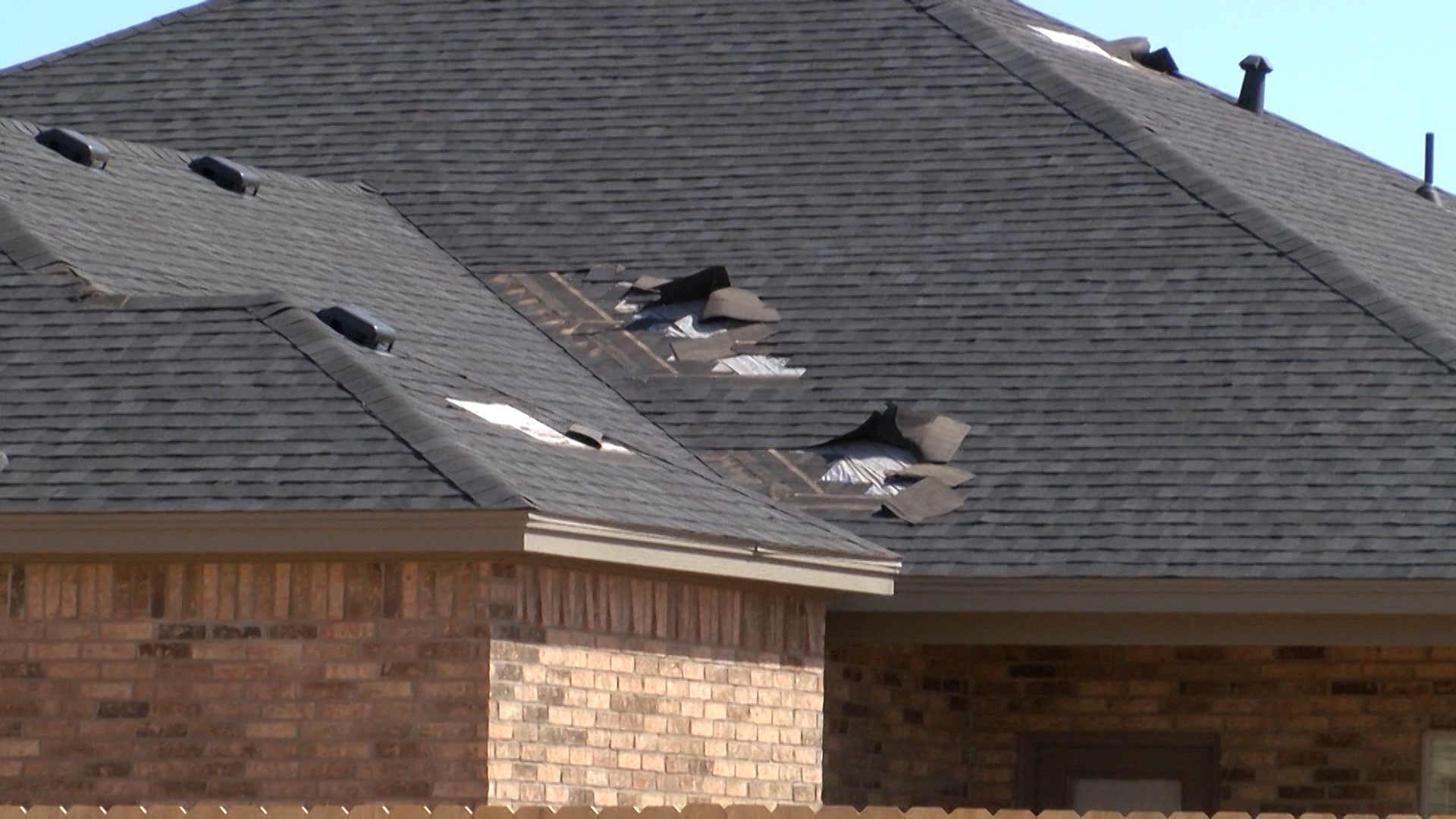LUBBOCK, Texas — Some of the highest quality wines are produced with Texas High Plains grapes which are grown on the South Plains, but temperamental weather can either be a friend or foe.
Really cold winter conditions can create winter kill which kills the vines back to the ground and would set growers back considerably.
According to grape growers, a bigger challenge on a vineyard is a late spring frost. Bud break, which is the first stage of the vine cycle that yields grapes mixed with a hard cold spell in late March or April can be devastating to the crop.
If High Plains grape producers manage to make it through these challenging conditions then the summer becomes the next battle ground.
Steve Newsom, grape grower and GM of English Newsom Cellars, said he knows how challenging it can be to create delicious wine and keep full control of the product from vineyard to bottle.
He explains the challenges of triple digit days in the summer are not ideal, causing the sugars in the grapes to build faster than the grapes can mature.
“They’ll taste extremely sweet but what you will notice is the maturity of the seeds, they’re still green. pH also rises as sugars rise and so you begin to lose acids,” Newsom said. “You have to make a decision, are we going to capitalize on the sugars or are we going to wait. We want to make quality wines so we really want the grapes to be mature in ways besides just the sugar reading.”
Sugars are also a direct correlation to the alcohol content of the wine so it adds an extra challenge when leading up to harvest, he said.
Being a cotton producer and facing the realities of diminishing water sources, Newsom said he started his vineyard as an alternative crop.
“I understand the challenges of growing grapes beside other growers of crops like cotton that need to fight weeds,” Newsom said. “Communication is the key, neighbors communicating, understanding and respecting both sides, the challenge that both sides face. We can definitely grow the two crops together and we do in the same fields.”
Wind causes drift of herbicides that can damage the leaves of the grapevine and can be a challenge on pollination however it keeps humidity levels down after rain which helps fight disease.
At harvest, rain could be devastating because cool wet conditions can stimulate powdery mildew and bunch rot, also diluting the sugars with the grape swelling, he said. All these different weather conditions to consider certainly make maintaining a vineyard a labor of love.
“It’s definitely a crop that requires more hands-on attention. With grapes we have enjoyed the fact that there is an off-season in the fall,” Newsom said. “We kind of disturbed that with the wine making. We get done with harvest and we’re involved in wine making from that point through the rest of the winter but from the grower standpoint there are some real challenges. So if there was something I would say is the most important thing you could put in your vineyard it’s your shadow.”
















